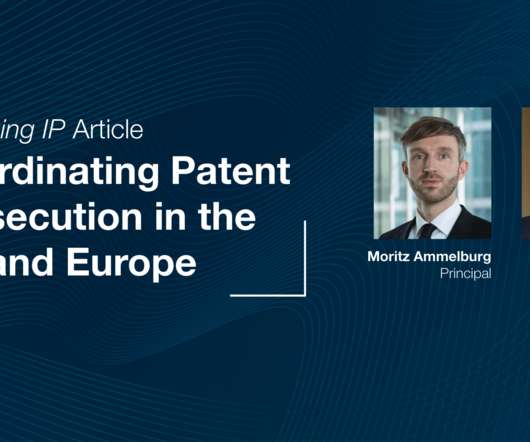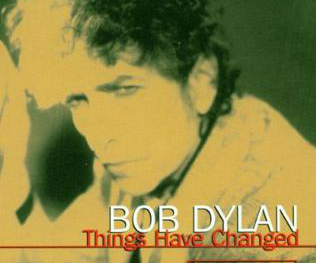Principals Moritz Ammelburg and Peter Fasse Author Managing IP Article “Coordinating Patent Prosecution in the U.S. and Europe”
Fish & Richardson Trademark & Copyright Thoughts
JUNE 14, 2022
Moritz Ammelburg and Peter Fasse examine the patentability requirements and prosecution schemes in the US and Europe and how applicants can prepare applications that will best serve their needs in both jurisdictions. Under the Paris Convention and the PCT, whoever files an application is called the applicant.












Let's personalize your content